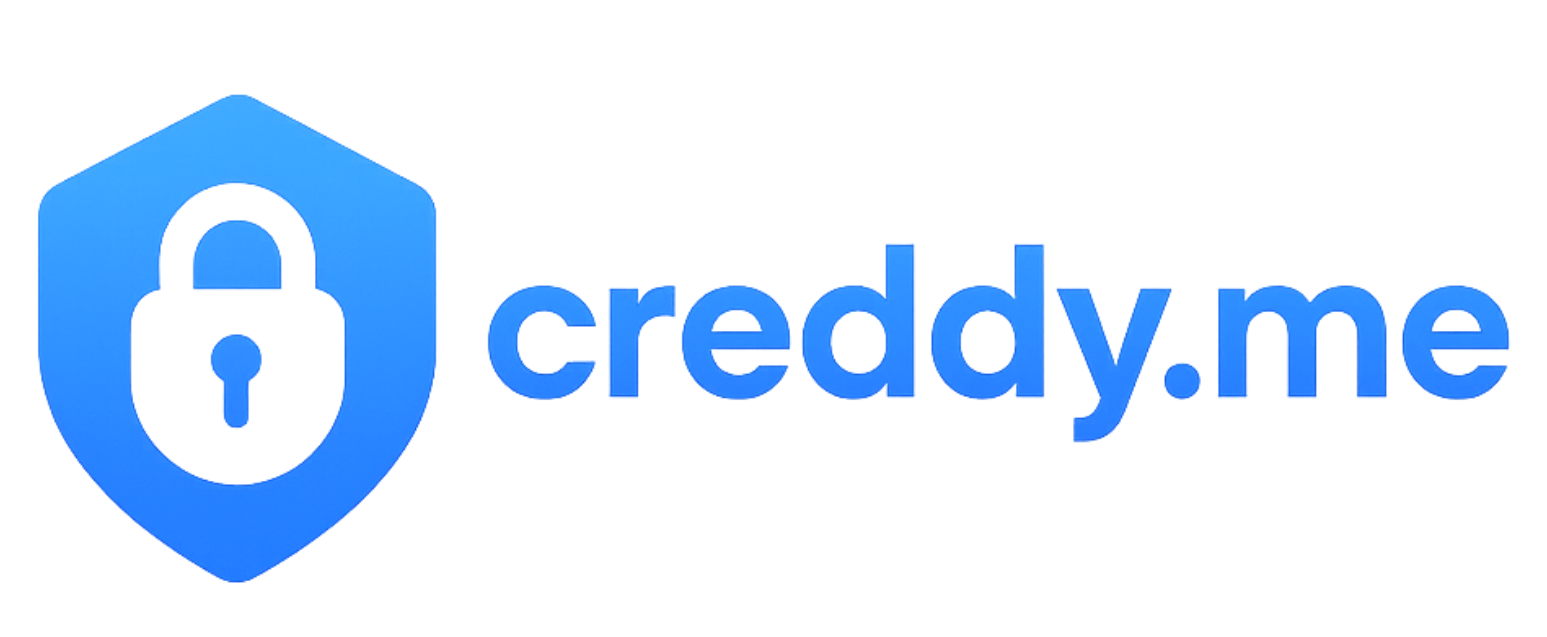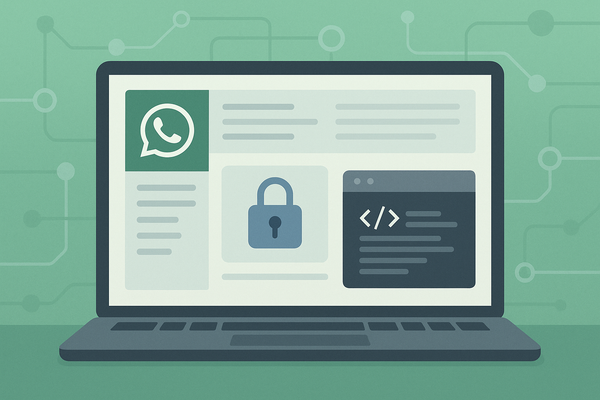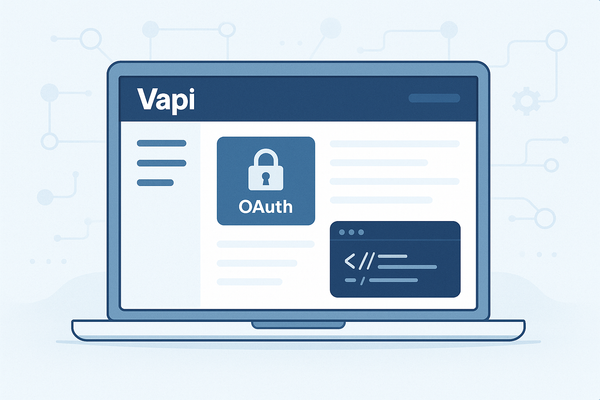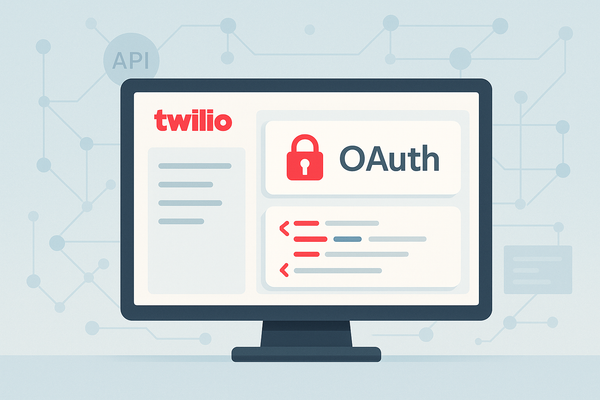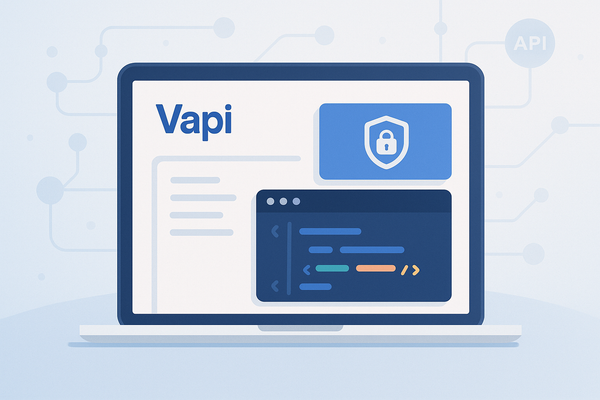How to Generate YouTube Data API v3 Key: Complete Setup Tutorial
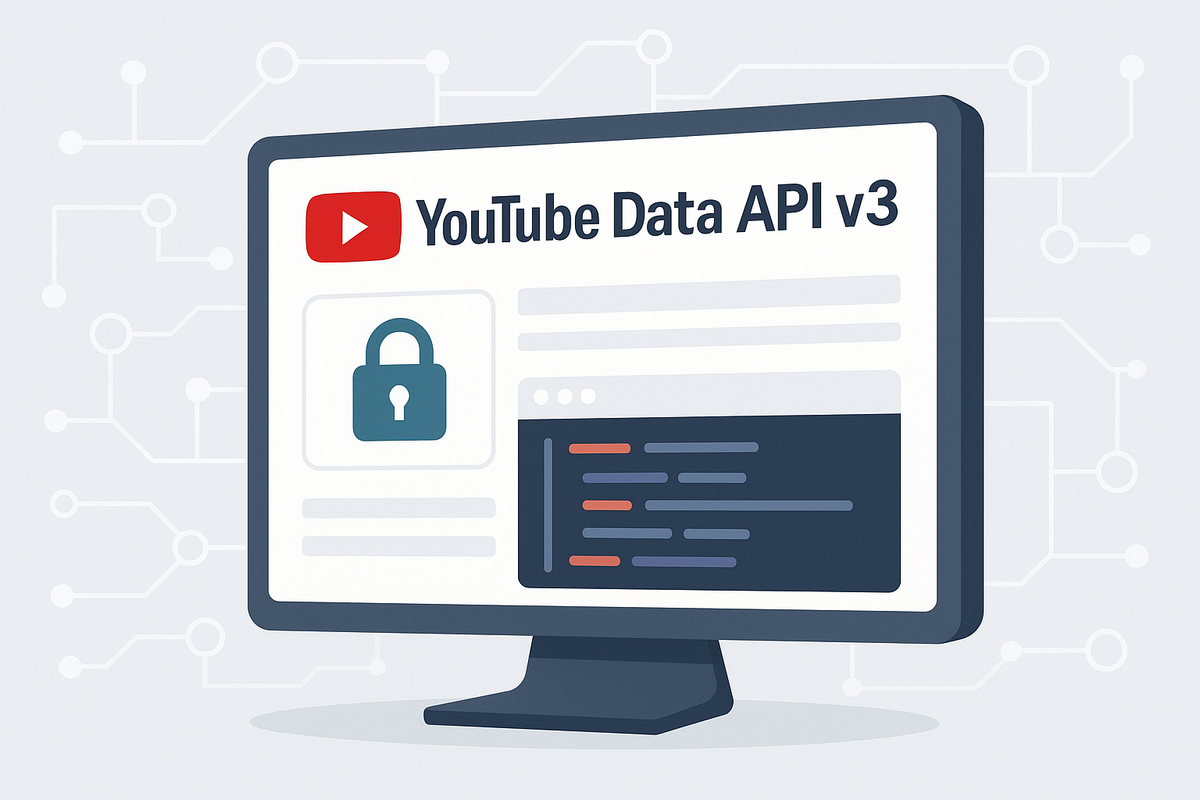
Ever been excited to build something amazing with YouTube's data, only to hit a wall when you need to actually access their API? You're not alone! Many developers get confused about which type of credentials they need for YouTube Data API v3. While there are different authentication methods available, OAuth 2.0 is the most versatile and widely-used approach that gives you access to both public and private YouTube data. Unlike simple API keys that only work with public data, OAuth 2.0 credentials allow your application to act on behalf of users after they grant permission. Let's walk through exactly how to set this up so you can start building with YouTube's powerful API today.
What's a YouTube OAuth 2.0? (The Simple Version)
Think of OAuth 2.0 as a special digital key that doesn't just unlock the door—it actually introduces you to YouTube's servers and vouches for your application. Unlike a regular API key, OAuth 2.0 creates a secure conversation between your app, YouTube, and the user whose data you want to access.
Here's what YouTube OAuth 2.0 credentials enable you to do:
- Access private user data like their subscriptions, playlists, and channel information
- Perform actions on behalf of users (upload videos, create playlists, post comments)
- Access public YouTube data with higher rate limits
- Build applications that users can authenticate with their Google accounts
- Create seamless integrations that feel native to the YouTube experience
The beauty of OAuth 2.0 is that users maintain control—they can revoke access anytime while your app gets the permissions it needs to function.
Ready to Generate Your OAuth 2.0 Credentials?
This interactive tutorial will walk you through each step of generating YouTube Data API v3 OAuth 2.0 credentials in the Google Cloud Console.
Pro tip: As soon as you generate your credentials, copy them to a secure location. You'll need both the Client ID and Client Secret for your application.
Are you a service provider looking to collect credentials from your clients? Try Creddy.me for free and collect your credentials in minutes, not days.
Why Would You Want This OAuth 2.0 Anyway?
The 'Aha!' Moments:
🔥 Content Analytics Dashboard
Your app requests access → User grants permission → You pull their channel analytics → Display beautiful insights and growth metrics → User gets actionable data they can't find elsewhere
📊 Multi-Channel Management Tool
Users authenticate multiple YouTube accounts → Your app accesses all their channels → Bulk upload videos, schedule content, manage comments → User saves hours of manual work
🎯 Audience Research Platform
Connect user's YouTube account → Analyze their subscribers and engagement → Generate competitor insights → Provide personalized content recommendations → User creates better-performing videos
🔄 Cross-Platform Content Sync
User authorizes YouTube access → Your app monitors their uploads → Automatically cross-post to other platforms → User maintains consistent presence everywhere
Real-World Integration Examples:
- TubeBuddy - Uses OAuth to help creators optimize their channels and analyze performance
- Hootsuite - Manages YouTube content alongside other social media platforms
- VidIQ - Provides detailed analytics and competitor research through YouTube data
- Later - Schedules and publishes YouTube content as part of broader social media strategies
- Canva - Integrates with YouTube to help users create and upload branded video content
Keep Your OAuth 2.0 Safe (It's Easier Than You Think)
Your YouTube OAuth 2.0 credentials are valuable, but protecting them doesn't require a computer science degree. Here are the golden rules:
- Never commit credentials to version control - Use environment variables or secure config files that are gitignored
- Store Client Secret securely - Treat it like a password; never expose it in client-side code or public repositories
- Use proper redirect URIs - Only add the exact URLs where your app will handle the OAuth callback
- Monitor your usage - Keep an eye on your API quotas and usage patterns in the Google Cloud Console
Quick Test: Try making a simple API call to verify your integration works before building your full application.
The Professional Way to Collect Client Credentials
"Hey, I need your YouTube OAuth credentials to set up your integration."
"My what now? How do I get those?"
"Well, you need to go to Google Cloud Console, create a project, enable the YouTube API, configure OAuth consent, generate credentials..."
"This sounds complicated. Can't you just do it?"
Sound familiar? What if there was a better way?
This is exactly why we built Creddy.me. Instead of walking every client through complex setup processes, you can send them a simple, secure form. They enter their credentials once, and you get immediate access to integrate their YouTube data into your service.
Before Creddy.me: Hours of back-and-forth emails, screen sharing sessions, and frustrated clients who just want their integration to work.
After Creddy.me: Send a link, client fills out a secure form, credentials appear in your dashboard instantly. Your clients stay happy, and you stay focused on building great integrations.
Ready to streamline your credential collection process? Try Creddy.me for free and see how much time you can save.
What's Next?
Congratulations! You now have YouTube OAuth 2.0 credentials and understand how to use them safely. With these credentials, you can build powerful integrations that tap into YouTube's vast ecosystem of content and user data. Remember, this is just one of the 200+ platforms that Creddy.me supports for seamless credential collection.
Ready to scale your integration business? Start collecting credentials the professional way.
